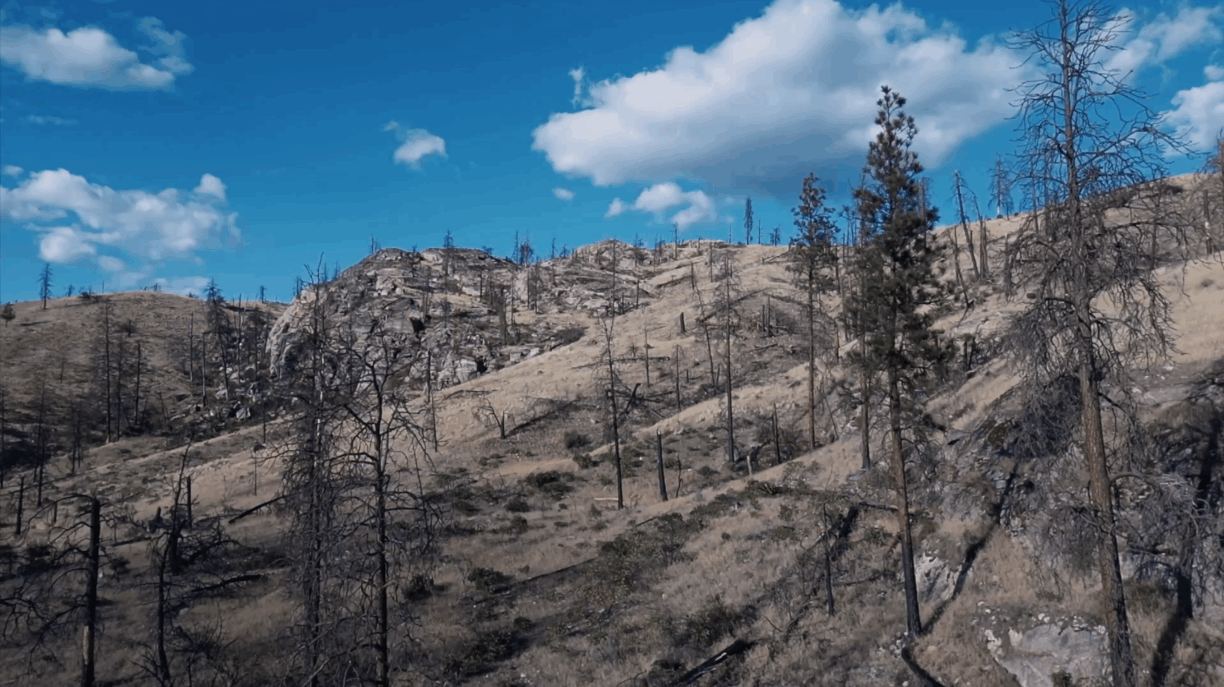- Phryne –Skai Fowler
- Phryne –Skai Fowler
- Phryne –Skai Fowler
- Phryne –Skai Fowler
Phryne
Skai Fowler
10 April–
28 April 1990
Curated by: Nancy Shaw
Phryne
Skai Fowler
Curated by: Nancy Shaw
The Or Gallery is proud to exhibit Skai Fowler’s latest work in which she investigates the position of the female nude in art historical painting. Her show consists of several mural sized C Prints and the issues she explores will contribute to ongoing debates about feminism in Vancouver.
In her large black and white murals, Skai Fowler rephotographs textbook reproductions of well-known paintings, and through the technique of in-camera double exposure puts herself into the picture in order to question the position of the artist’s model as well as the function of the female nude in painting.
Phyrne, the title of Fowler’s show, was a Greek 4th century BC model charged with impiety – a crime punishable by death. A statue of the Venus, for which she posed, was one of the first female nudes to appear publically. It caused such a furor of unleashed passion amongst its supposedly uruly worshippers that the state arrested the model. Her body, they figured, was the cause of trouble not the artist’s representation. Phryne was acquitted after her young lawyer, in a moment defenselessness, liftes her robes to reveal all to judge and jury. Her divine beauty could not be wasted- execution was out of the question. What began as a threat to virtue became, in the end, virtue itself.
Since this famous incident many artist’s models have adopted the pseudonym “Phryne” and to a certain extent the name has become slang for model. Unlike Phryne, however, most artist’s models are incidental to their likenesses. They are usually presented as ciphers of the artist’s desire, objectified, passive, in opposition to the artist’s active ‘creative’ appropriation of their bodies. Moreover, many artists’ modes in their actual lives occupied subservient roles such as muse, courtesan, wife, mistress, servant. fowler, however, collapses the fixed gender dichotomies, as she is both artist and model. Serving as her own model, she presents a figure interacting in a performative relations with the painted female nudes, thus disrupting narrative, gesture and gaze. For example, in Guercino’s Venus, Mars, and Cupid, (1634), Fowler engages with Venus in directing Cupid’s arrow but, rather than aiming for some abstract object outside the picture plane, Fowler’s direct gaze and pointing gesture has redirected the action so that the arrow is headed straight for the viewer. In David’s Psyche and Cupid (1817), Fowler’s inquistive stare at Psyche and mimicry of cupid’s pose acts as a temporary block to the narrative action. The circuit of gaze is disrupted in Velazquez’s Rokeby Venus (1649-51): Fowler’s consternated look, the frontal view of her nude body, its misshapen fit in the mirror (which is at once reflection and not), blatantly opposes the mysterious identity of Venus that is alluded to through the rear view of the figure and her likeness reflected in the mirror. The secret of femininity are again threatend when Fowler attempts to open the curtain in Ingres’ Odalisque (1814).
In relation to the elongated, structureless, impossible body of Ingres’s painted model, Fowler’s photogenic body is taut, thin, has muscle and bone definition and pubic hair, all trait considered unworthy of ideal feminine beauty in historical painting. The difference in body types is especially apparent in Palma Vecchio’s Venus and Cupid (1523-5), where the voluptuous figure of Venus is rendered with ample hips and abdomen, smaller breasts, slightly slumped shoulders. Venus serves as a literal transition point between nature and culture as she reclines languorously between a lush meadow and classically rendered city.
Often the nudes Fowler chooses as subjects function as sites of transformation. They are figures through which literary and mythic narratives are transformed into figurative, spatial representation. Fowler’s literal intervention into these spaces act as a catalyst, disrupting fixed meaning lending a sense of contingency to the passive role o the artist’s model and female nude.



